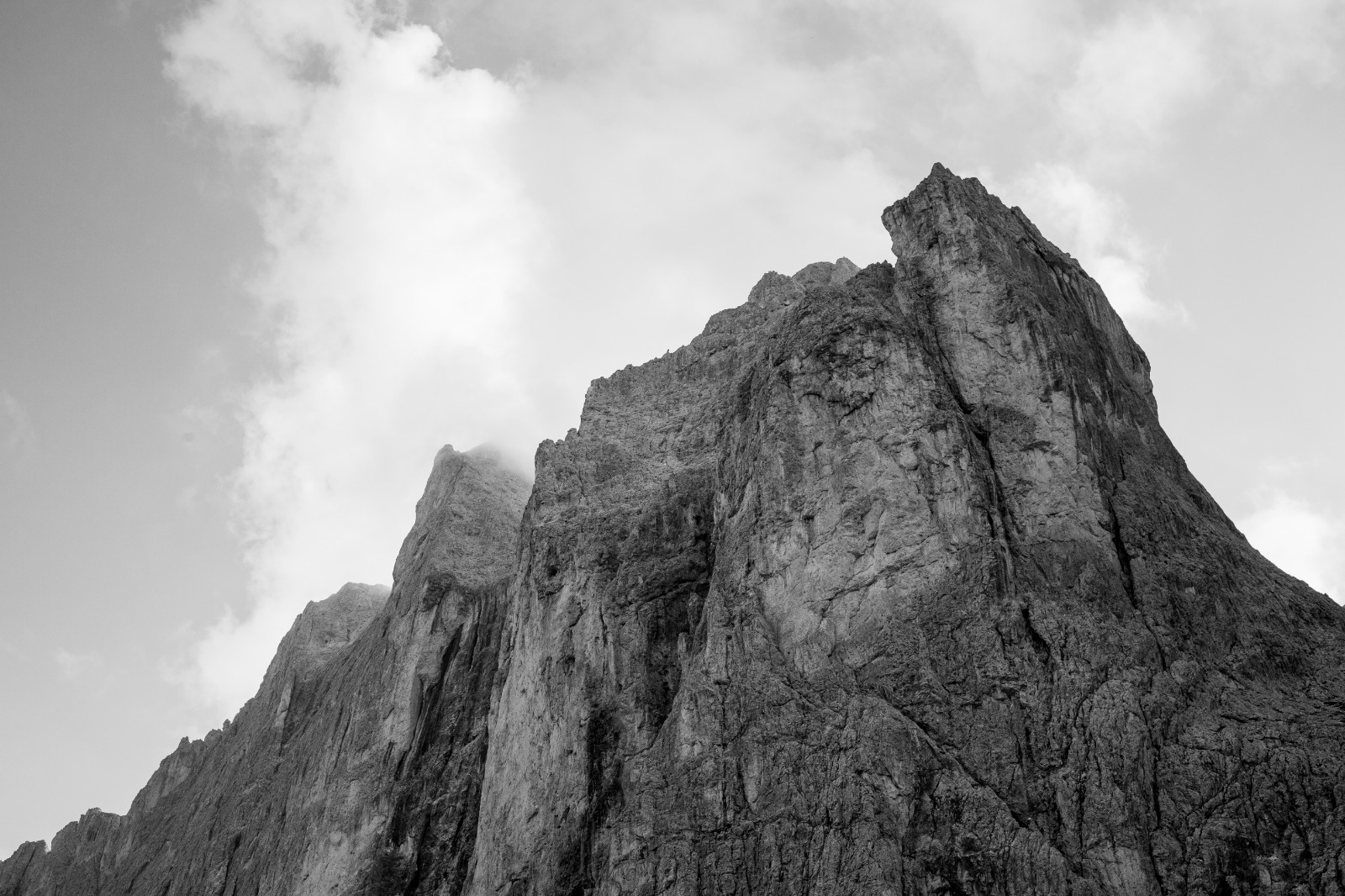content
Since its beginning, Little Fun Palace has left behind the representational distance cultivated by art institutions. Guests and audiences have mingled in a flawless strip of events designed for different surroundings and contents. I always believed that this openness, this capacity to welcome uncertainty from a manifold of micro-ecologies of different guests, could lead the Caravan to an expansion of the discipline of theatre-making. And yet, its ever-changing agenda didn’t allow experimenting a specific knowledge-process entailed into the Caravan itself, in the particular space that Little Fun Palace is and represents. We have never reached a scientific rigour necessary to establish the Caravan as a nomadic school.
To fulfil this gap, the caravan becomes a platform resonating OHT’s research on theatre and set-designing in relation to natural and urban spaces. A discourse that does not ignore the place where it occurs; a Caravan designed as a flexible framework where different spaces can be plugged in. As suggested by architect Cedric Price, Little Fun Palace has its ultimate goal in the possibility of change at the behest of its users and content. Consequently, the nomadic school will re-think the shape of the Caravan every time a public programme will be hosted. Specific designed components will immerge Little Fun Palace in its surroundings. By designing and building further features of Little Fun Palace, we will deepen its position into society, its position in the world, its geographical position. The Caravan will be simultaneously a study of the world as well as a part of it echoing Cedric Price’s educational ideas of making flexible architecture to have an actual impact on our world. A Caravan denying hierarchical transmission of knowledge to connect set-design and theatre to real life and avoiding separations between moments of learning, of fun, of encounter, of collectiveness and moments of individuality
mentors
> Industria Indipendente (Martina Ruggeri, Erika Z. Galli)
Their artistic process crosses different languages and practices, in an endless search for affinity, epidermal sensitivity and glance. Their works focus on articulating issues like the relationship between human beings and nature, the dimension of "unproductive" time and the construction of alternative and fictional worlds in which to build communities and alliances.
> Chiara Pagano (artist and ex Nomadic)
Currently participant in the Dutch Art Institute (DAI), she holds degrees in BA in Graphic Design and Visual Communication, ISIA U, Urbino and an MA in Visual Arts, IUAV Venice University. Interested in the development of critical analysis and in imagining alternative histories, she attempts to create cuts in the capitalist temporal structure of linearity and representation of bodies. Her artistic practice currently focuses on sound and the (non)performativity of language in the intersection of history and speculative fiction.
> Christian Casarotto (glaciologo, collaboratore MUSE)
Bachelor's Degree in Natural Science, he devotes himself to geomorphology, geology of quaternary period and alpine environment evolution with its glacial dynamics. Nowadays, he is glaciologist and scientific communicator; he monitors alpine glacier also as part of Italian Glaciological Committee. He is involved in territorial studies of sustainable development through the valorisation of natural heritage.
> Davide Tomat (composer, musician and sound designer)
Oriented towards “drone ambient” sounds, and experimental electronic music with IDM influences, he has co-founded Superbudda Creative Collective and the a/v project SPIME.IM. He has released records for Berlin’s !K7 Records, for Zurich’s OUS Records label and for London’s Monotreme Records label. He curates the music and sound design of MASBEDO and OHT. In 2021, he has been awarded the Fabrique du Cinema for his Mondo Cane’s OST.
participants
Alice Labor
Gaia Ginevra Giorgi
Paolo Costantini
Simone Gottardi
Elena Lunghi
Camilla Alberti
Anouk Chambaz
Cha Raoutenfeld
Sarah Messerschmidt
Giada Cipollone








